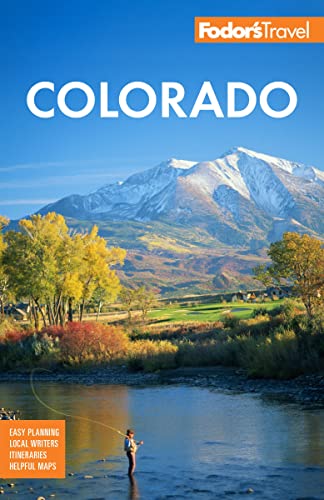Rafting the Roaring Fork Valley
The key to understanding white-water rafting is the rating system. Rivers are rated from Class I, with small waves where you really don't need to paddle to avoid anything, to Class VI, where a mistake can be fatal. To confuse matters, rivers often get more difficult when the water level is high (measured in cubic feet of water per second). May and June are peak rafting seasons for those who want the adrenaline rush of fighting spring runoff. By mid-August, many rivers are little more than lazy float trips.
The Roaring Fork, a free-flowing river (no dams), has several different sections that generally range from Class II to Class IV. Because it runs away from major highways through the heart of ranch country, you're liable to see more wildlife than on the Colorado. In June, your guides may point out a nest full of croaking bald eaglets while riding the Cemetery Rapids, a half-mile churning stretch of white water.
The portion of the mighty Colorado that runs through the steep, spectacular walls of Glenwood Canyon alongside I–70 includes the rough-and-tumble Shoshone section, considered Class IV during the peak runoff season, with aptly named rapids like Maneater and Baptism. The lower Colorado has some exciting stretches, too, including Maintenance Shack, a Class III rapid that can flip a large raft when the water is running high. By July and August, you can hit the same rapid sideways or backward and barely get wet. The lower stretches of the Colorado pass by several hidden, and not-so-hidden, shallow hot springs. If you'd like to warm up in them, ask your guides.




